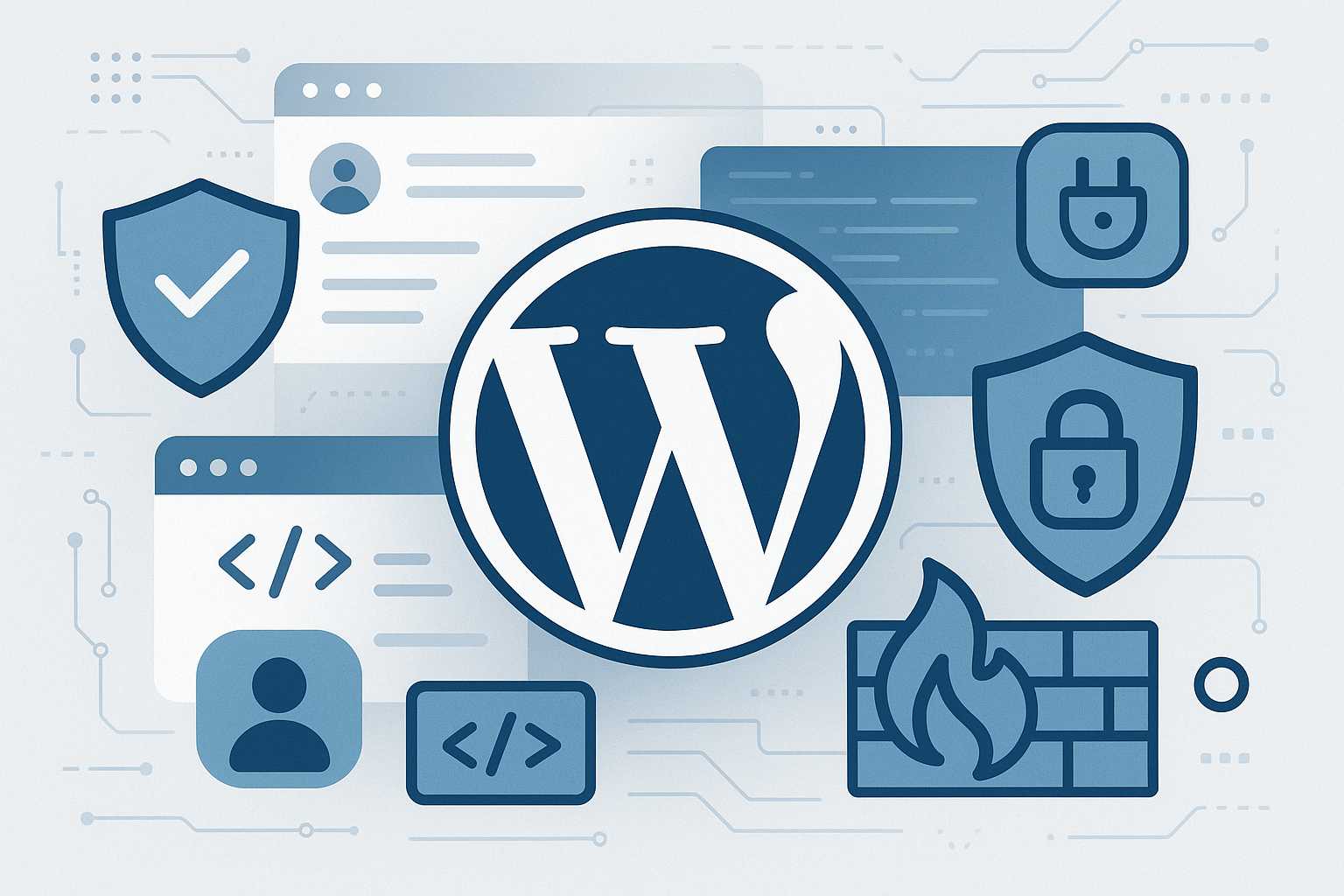As a web developer who has seen countless WordPress installs over the past decade, I can tell you that site security remains one of the most crucial and yet sometimes overlooked aspects of WordPress management. Whether you’re building a personal blog, an e-commerce platform, or a network of sites, a proactive approach to security goes hand-in-hand with performance, reliability, and user trust.
In this article, I’ll walk you through actionable strategies to lock down your WordPress sites and help you avoid common pitfalls that could leave your site vulnerable.
1. Keep WordPress Core, Themes, and Plugins Updated
This is your first line of defense. Outdated core files, themes, and plugins are the most commonly exploited vulnerabilities. Enable auto-updates when possible, but always test updates in a staging environment if you’re running mission-critical or custom sites. Remove unused plugins and themes entirely—deactivated code can still be a threat.
2. Enforce Strong Authentication
Default usernames like “admin” and weak passwords are invitations for brute-force attacks. Choose complex passwords and enable two-factor authentication (2FA) for all user accounts. Popular plugins such as Wordfence and iThemes Security make enabling 2FA straightforward.
3. Restrict Access and Permissions
Apply the Principle of Least Privilege: only give users the permissions they need. For multisite networks, be especially careful with Super Admin access. Use dedicated admin accounts for site management, and encourage content creators to use Contributor or Author roles.
4. Secure wp-config.php and Sensitive Files
Move wp-config.php one directory above the root, and add rules to your .htaccess file to prevent direct access to sensitive files such as wp-config.php and .htaccess itself. For example:
<files wp-config.php>
order allow,deny
deny from all
</files>
5. Install a Web Application Firewall (WAF)
A WAF can block common threats like SQL injection, XSS, and unauthorized access attempts. Many reputable security plugins offer WAF features, or you can use a cloud-based proxy WAF for enhanced protection.
6. Regular Backups and Monitoring
No security setup is perfect. Schedule automatic backups and ensure you can restore your site quickly in case of compromise. Monitor your site’s logs for suspicious activity—plugins like WP Activity Log provide granular insights.
7. Disable XML-RPC If Not Needed
XML-RPC is an old protocol that can be exploited for DDoS or brute-force attacks. If you’re not using it for remote publishing or third-party apps, disable it:
add_filter('xmlrpc_enabled', '__return_false');
Final Thoughts
Security is an ongoing process—not a set-and-forget task. By implementing these foundational practices, you’ll significantly reduce your attack surface and gain peace of mind knowing your WordPress sites are better protected.
Have more questions about hardening your WordPress setup? Drop them in the comments below or reach out on Twitter. For more in-depth WordPress tutorials and development tips, be sure to check out my previous articles!
— Presley


Leave a Reply